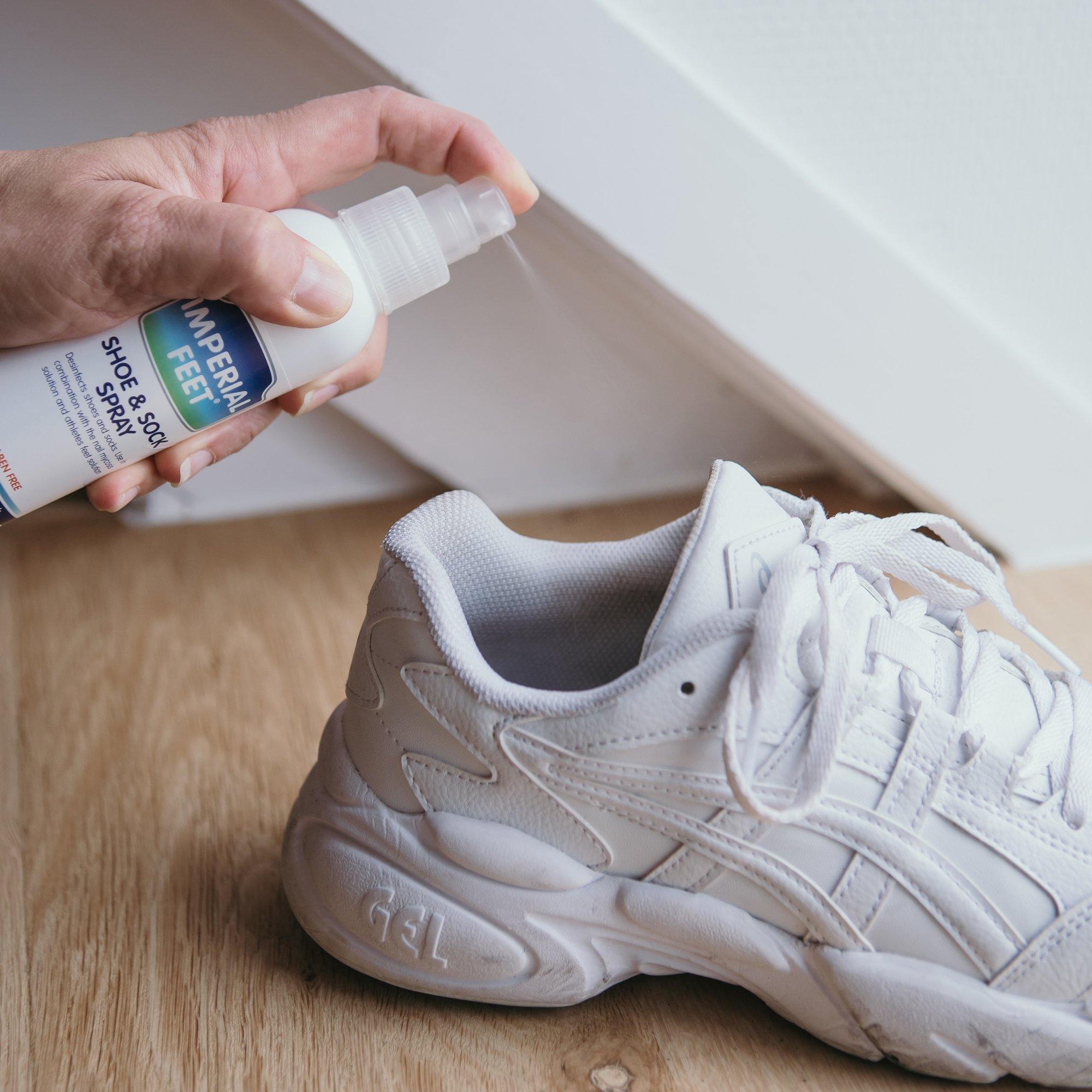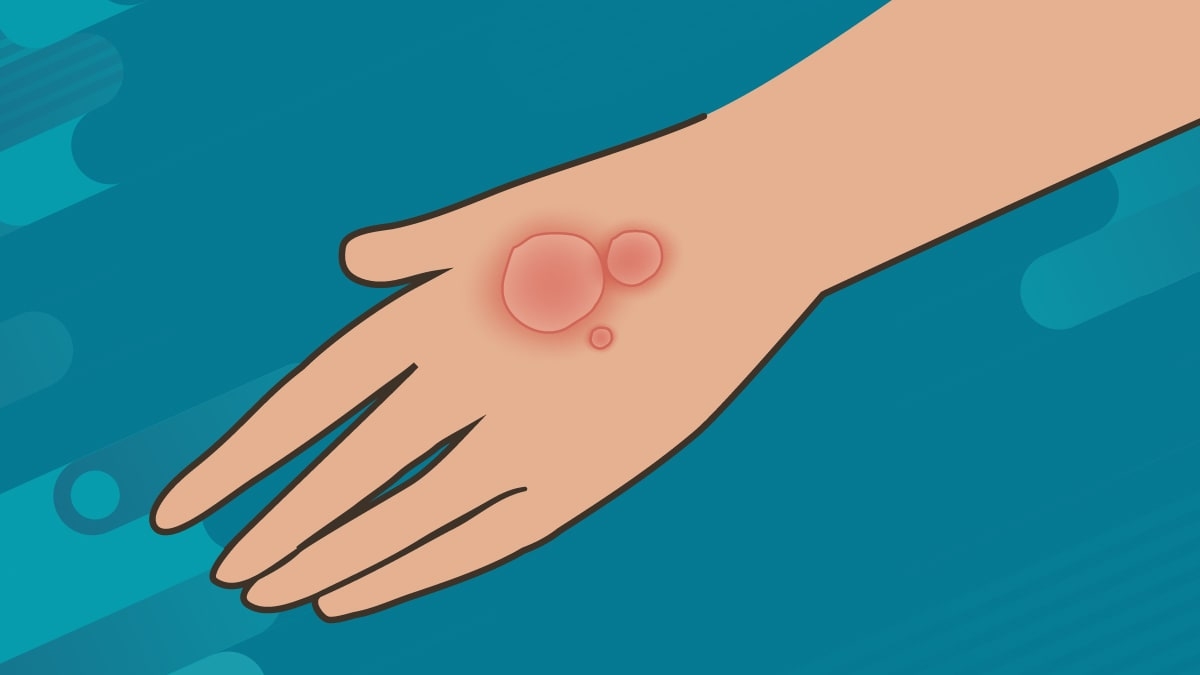Fungal infections are a frequent concern affecting millions worldwide. These infections, caused by fungi that thrive in warm and moist conditions, can target the skin, nails, and mucous membranes. Over-the-counter (OTC) remedies have become a popular solution due to their convenience and effectiveness for treating mild to moderate cases.
In this article, we’ll explore the most common fungal infections, the types of treatments available without a prescription, and essential tips for achieving successful outcomes with OTC products.
Understanding Common Fungal Infections
Fungal infections are caused by various fungal species, including dermatophytes, yeasts, and molds. They can manifest in several forms, often affecting areas of the body prone to moisture buildup or irritation. Below are some of the most prevalent types:

1. Athlete’s Foot (Tinea Pedis)
Athlete’s foot primarily affects the feet, causing itching, peeling, and burning sensations. It thrives in damp environments like gym showers and locker rooms.
2. Ringworm (Tinea Corporis)
Despite its name, ringworm isn’t caused by worms but by fungi. It appears as a circular rash with a red, scaly border, commonly found on the body or scalp.
3. Jock Itch (Tinea Cruris)
This infection occurs in the groin area, leading to redness, itching, and irritation. It’s common among athletes and individuals who sweat excessively.
4. Nail Fungus (Onychomycosis)
Nail fungus causes discoloration, thickening, and crumbling of the nails, making them appear unsightly and brittle.
5. Yeast Infections
Caused by Candida, yeast infections can affect areas like the mouth (thrush) or genital regions, leading to discomfort, redness, and itching.
Understanding the type of infection you’re dealing with is crucial for selecting the right over-the-counter product.
Effective OTC Treatments for Fungal Infections
Over-the-counter products are readily available and can effectively address fungal infections when used correctly. Here are the key types of treatments you can find:

1. Antifungal Creams and Ointments
Topical antifungal creams, such as those containing clotrimazole, miconazole, or terbinafine, are the first line of defense against skin-related infections. These products work by targeting the fungi directly on the skin, eliminating the infection over time.
- Usage Tips: Apply a thin layer to the affected area twice daily for optimal results. Ensure you continue using the product for a few days after symptoms disappear to prevent recurrence.
2. Antifungal Powders and Sprays

Powders and sprays are particularly effective for areas prone to sweating, like the feet and groin. They absorb moisture while delivering antifungal agents, making them ideal for preventing infections as well.
- Popular Options: Tolnaftate-based powders are widely recommended for conditions like athlete’s foot.
3. Antifungal Nail Lacquers
For nail fungus, OTC nail lacquers containing amorolfine or ciclopirox can help restore nail health over time. These treatments form a protective layer on the nail, gradually combating the infection.
- Important Note: Nail infections often require prolonged treatment, sometimes taking several months for visible improvement.
4. Oral Antifungal Supplements

While most oral treatments require a prescription, some natural antifungal supplements available OTC can support recovery. Products containing ingredients like caprylic acid and oregano oil may offer mild antifungal properties.
- Usage Tip: Always consult a healthcare provider before combining supplements with topical treatments.
5. Medicated Shampoos
For fungal infections of the scalp, shampoos containing ketoconazole or selenium sulfide can be an effective solution. These products not only treat infections but also alleviate associated symptoms like flaking and itching.
- Directions: Use as directed, typically twice a week, for sustained benefits.
Key Considerations When Using OTC Antifungal Treatments
For over-the-counter products to work effectively, proper usage is essential. Below are some crucial factors to keep in mind:
1. Follow Instructions Carefully
Each product has specific application guidelines. Whether it’s a cream, spray, or shampoo, adhering to the directions ensures maximum efficacy.
2. Be Consistent
Fungal infections can take time to resolve, even with the best treatments. Using the product consistently for the recommended duration is critical to preventing relapse.
3. Maintain Good Hygiene

- Wash the affected area gently and pat it dry before applying any product.
- Avoid sharing personal items like towels, footwear, or nail clippers to prevent cross-contamination.
4. Address Underlying Causes
If excessive sweating, tight clothing, or poor ventilation contribute to the infection, take steps to minimize these factors. For example, wearing breathable fabrics and using antifungal powders can help prevent further infections.
5. Monitor Progress
If symptoms persist after using an OTC product for two weeks, consult a healthcare professional. Persistent or severe infections may require prescription treatments.
Preventing Fungal Infections: A Proactive Approach
Prevention is often the best cure. Adopting healthy habits can minimize the likelihood of fungal infections and reduce the need for frequent treatments:
- Keep Skin Dry and Clean: Moisture creates a breeding ground for fungi. Towel off thoroughly after bathing or exercising.
- Wear Breathable Footwear: Choose shoes made from natural materials and avoid wearing the same pair daily.
- Use Antifungal Products Preventatively: If you’re prone to fungal infections, consider using powders or sprays regularly, especially in high-risk environments.
- Boost Immune Health: A strong immune system helps fight infections. Eat a balanced diet rich in nutrients to support overall well-being.
- Avoid Walking Barefoot: Use footwear in public showers, gyms, and pools to prevent contact with fungi.
When to Seek Medical Attention
While OTC treatments work well for many fungal infections, there are situations where professional intervention is necessary. Seek medical advice if:
- The infection doesn’t improve after two to four weeks of treatment.
- Symptoms worsen or spread to other parts of the body.
- You experience recurring infections despite preventive measures.
A healthcare provider can prescribe stronger medications or run tests to rule out underlying conditions contributing to fungal overgrowth.
Conclusion
Over-the-counter treatments are an effective and accessible way to address common fungal infections. By understanding the types of infections and selecting the appropriate product, you can achieve relief and prevent recurrence. Remember to follow usage instructions carefully, maintain good hygiene, and adopt preventive habits to safeguard your skin and overall health.
Have you had success with any OTC antifungal products, or do you have questions about which option might work best for your needs? Share your experiences or connect with our website for more resources and expert advice. Let’s work together to maintain healthier, fungus-free skin!

Leave a Reply